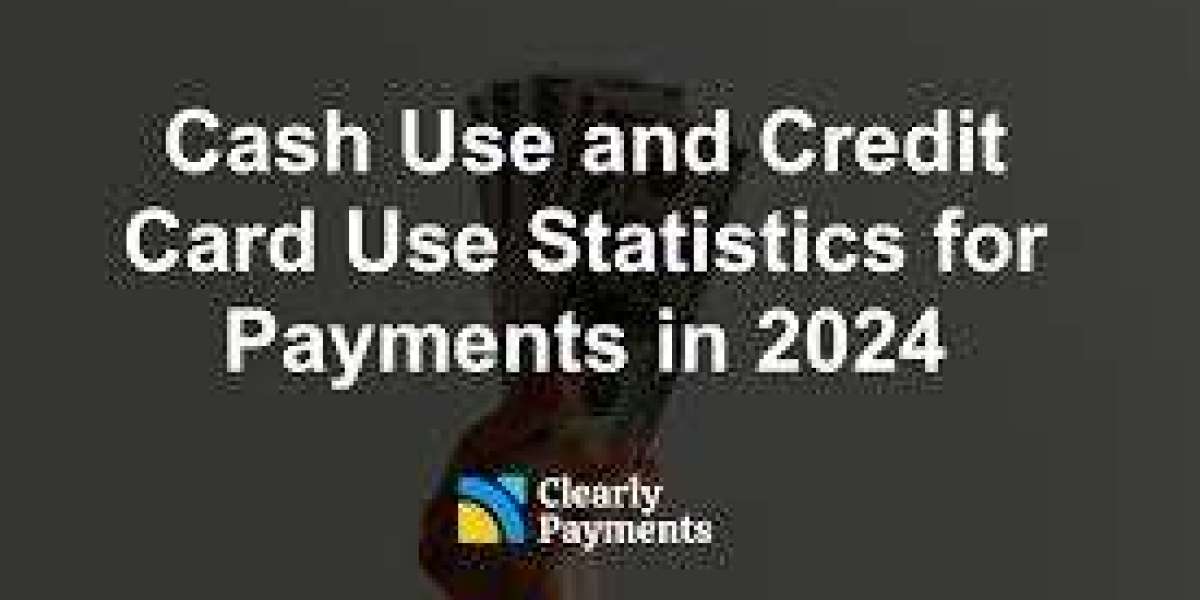When most people hear the word blockchain, they immediately think of Bitcoin or Ethereum. But in 2025, blockchain technology has evolved far beyond its original role in powering cryptocurrencies. Today, it’s driving innovation across multiple industries, solving real-world problems with transparency, security, and decentralization.
In this article, we’ll explore some of the most impactful blockchain use cases beyond crypto and why businesses, governments, and individuals are embracing this technology.
1. Supply Chain Management
Blockchain’s ability to provide a transparent and immutable record of transactions makes it a perfect fit for supply chains.
How It Works
Every step in a product’s journey—from raw material sourcing to delivery—can be recorded on a blockchain. This creates an auditable trail that can’t be altered.
Benefits
Tracks goods in real-time
Prevents fraud and counterfeiting
Enhances efficiency by automating processes with smart contracts
Real-World Example: Major retailers use blockchain to verify the authenticity of luxury goods and ensure ethical sourcing of materials.
2. Healthcare and Medical Records
Healthcare providers are turning to blockchain to securely store and share patient records.
Why Blockchain?
Patient data is sensitive, and current systems are often siloed and vulnerable to breaches. Blockchain enables secure, decentralized access to medical records while preserving privacy.
Benefits
Gives patients control over their health data
Prevents unauthorized access and tampering
Facilitates seamless sharing between healthcare providers
Future Potential: Blockchain could enable global vaccination records and real-time tracking of pharmaceutical supplies.
3. Digital Identity Verification
In a world increasingly reliant on digital interactions, verifying identities securely is critical. Blockchain offers a decentralized solution.
How It Works
Individuals store their personal information on a blockchain and grant access only when needed. No central authority holds all the data.
Benefits
Reduces identity theft and fraud
Simplifies KYC (Know Your Customer) processes for businesses
Enables secure access to services without repeated verification
Real-World Example: Governments are piloting blockchain-based digital IDs for citizens.
4. Voting Systems
Blockchain is revolutionizing voting by making elections more secure and transparent.
Why Blockchain Voting?
Traditional voting systems are prone to fraud and logistical issues. A blockchain-based system allows voters to cast ballots securely from anywhere while maintaining anonymity.
Benefits
Increases voter turnout with remote participation
Prevents tampering and double voting
Creates a transparent, auditable record of all votes
Emerging Trends: Some countries and organizations are already experimenting with blockchain voting in local elections and shareholder meetings.
5. Real Estate Transactions
The process of buying or selling property is often slow and involves multiple intermediaries. Blockchain simplifies this.
How It Works
Property records and ownership transfers are recorded on a blockchain, with smart contracts automating escrow and payments.
Benefits
Reduces paperwork and delays
Cuts out middlemen, lowering transaction costs
Provides clear, tamper-proof property ownership records
6. Intellectual Property and Royalties
Artists, musicians, and content creators are using blockchain to protect their work and ensure fair compensation.
How It Works
A blockchain ledger can timestamp creative works and track their usage. Smart contracts automate royalty payments whenever the content is used.
Benefits
Protects intellectual property rights
Ensures timely and transparent payments
Eliminates dependency on intermediaries like publishers
7. Energy Trading
Blockchain is enabling peer-to-peer energy trading in renewable energy markets.
Why It Matters
Homeowners with solar panels can sell excess energy directly to neighbors without going through utility companies.
Benefits
Decentralizes energy markets
Promotes renewable energy use
Provides transparent pricing and settlements
Real-World Example: Blockchain energy marketplaces are emerging in Europe and Asia, connecting producers and consumers directly.
8. Cross-Border Payments and Remittances
While not entirely “beyond crypto,” blockchain’s role in global payments extends far past Bitcoin transfers.
How It Works
Blockchain-based platforms settle cross-border payments in minutes instead of days, often with lower fees than banks.
Benefits
Faster and cheaper transactions
Reduced reliance on traditional banking systems
Greater access to financial services in underserved regions
9. Food Safety and Traceability
Consumers are increasingly concerned about where their food comes from. Blockchain provides end-to-end visibility into food supply chains.
Benefits
Tracks food from farm to table
Identifies sources of contamination during recalls
Builds consumer trust in product authenticity
Example: Leading food companies are already using blockchain to track produce and meat shipments.
10. Education and Credentials
Educational institutions are issuing degrees and certifications on blockchains to prevent fraud.
How It Works
Blockchain stores credentials securely and allows employers to verify qualifications instantly.
Benefits
Stops fake degrees and certifications
Gives students a permanent, verifiable record of achievements
Simplifies international recognition of qualifications
Final Thoughts
Blockchain is no longer just about cryptocurrencies. In 2025, it is driving innovation in industries from healthcare to energy, improving transparency, efficiency, and security.
As businesses and governments continue to adopt blockchain for real-world applications, its potential impact is only beginning to unfold. Staying informed about these use cases is essential for anyone looking to understand the future of technology.
Important Links








